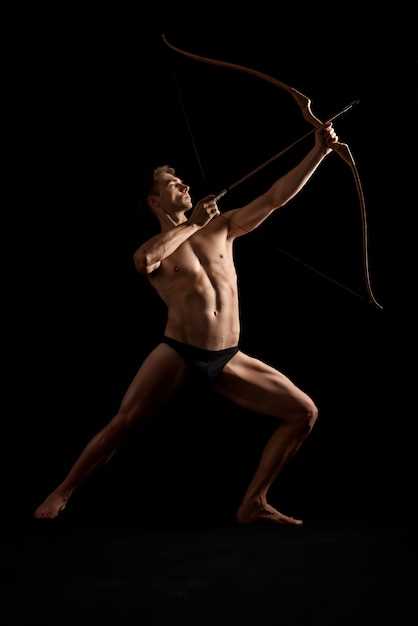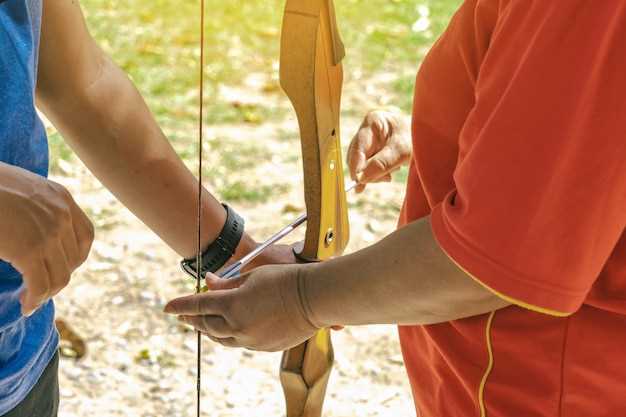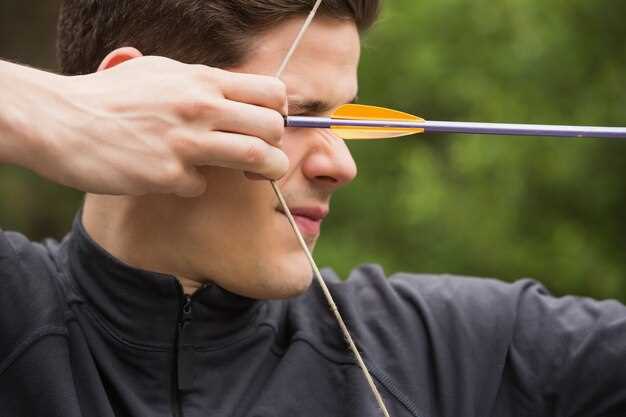
For archers, achieving the highest level of accuracy is a continual journey that often leads to the realm of do-it-yourself (DIY) bow tuning. Proper tuning not only enhances the bow’s performance but also ensures a more enjoyable shooting experience. Armed with the right tools and knowledge, you can transform your bow into a finely-tuned instrument that reflects your unique shooting style.
In this article, we will explore various DIY bow tuning techniques that can help you elevate your archery game. Whether you are a seasoned expert or a beginner eager to improve your skills, understanding the basics of bow tuning is essential. From adjusting string tension to aligning your sights, each step will contribute to a more precise and effective shooting experience.
Investing time in DIY tuning not only saves money but also empowers you with a deeper understanding of your equipment. As we delve into these tips, you will gain insight into how simple adjustments can lead to significant improvements in your overall performance. Get ready to enhance your accuracy and take your archery skills to new heights!
Choosing the Right Arrow Spine for Optimal Flight

When it comes to bow tuning, selecting the correct arrow spine is crucial for enhancing accuracy and ensuring optimal flight. Arrow spine refers to the rigidity of the arrow shaft, which directly affects how the arrow behaves during its trajectory. A spine that is too stiff or too weak can lead to poor arrow flight, affecting consistency and precision.
To determine the appropriate spine, you need to consider several factors, including bow draw weight, arrow length, and shooter technique. For instance, if your bow has a high draw weight yet you use a shaft that is too flexible, the arrow may wobble upon release, resulting in erratic flight patterns. Conversely, using a shaft that is too stiff will not allow for proper flexing, leading to potential misalignment during flight.
One effective method to find the right arrow spine is to consult a spine chart that correlates your draw weight with the recommended spine sizes. Additionally, incorporating the arrow’s point weight and overall setup, including fletching and nock type, will help fine-tune your selection. Keep in mind that personal shooting style can also impact how an arrow performs, so testing different spines during practice sessions can provide valuable insights.
Ultimately, achieving the right arrow spine is a vital step in bow tuning that can significantly improve your shooting accuracy. By carefully analyzing your setup and making necessary adjustments, you can enhance your arrow’s flight characteristics, leading to better performance on the range or in the field.
Adjusting Your Bow Sight for Precision Accuracy
To achieve optimal accuracy in archery, proper adjustment of your bow sight is essential. A well-tuned sight allows for precise targeting, particularly during varying distances. Begin by ensuring your bow is properly set up with the correct draw weight and arrow spine to enhance overall performance.
Start the adjustment process by setting your pin height. Determine your primary shooting distance, typically 20 yards, and align the sight pin accordingly. Use a laser rangefinder or a measured tape to ensure precision. Aim at a target and fire a few shots to assess the impact point of your arrows. Based on this, you can make vertical and horizontal adjustments to your sight, ensuring your pins line up with your point of impact.
Additionally, consider windage and elevation adjustments. If your arrows consistently hit to the left or right, adjust the windage until your shots align. For elevation, raise or lower the sight accordingly if your arrows strike above or below the target. Regularly check these settings, especially after transporting your bow or changing shooting conditions.
Don’t forget the importance of practicing with your adjusted sight. This DIY tuning not only enhances your skills but also builds confidence in your setup. After making adjustments, shoot at varying distances to ensure the sight holds true across the board.
By following these steps, you will significantly improve your bow’s accuracy, making your shooting experience more enjoyable and effective. A well-calibrated sight is key to hitting your mark consistently, enhancing your overall performance in the field.
Tuning Bow Limbs for Enhanced Consistency

Tuning bow limbs is essential for archers seeking improved accuracy and consistency in their shots. Properly adjusted limbs ensure that the energy from the bow is distributed evenly, resulting in a more stable arrow launch. To begin, check the limb alignment by visually inspecting the bow when it is unstrung; both limbs should lie parallel to each other and the riser. Any noticeable twist or misalignment can lead to errant shots.
Once you confirm alignment, you may want to adjust the limb bolts. Start with the manufacturer’s specifications for limb bolt tightness, then make minor adjustments. Tightening the limbs can increase stiffness, leading to a quicker shot, while loosening them can allow for greater flexibility, which may be beneficial for certain shooting styles. Keep in mind that these adjustments can significantly affect performance, so it’s advisable to test your bow after each change.
Another vital aspect of limb tuning is the tiller adjustment. The tiller, or the distance each limb extends from the riser, can greatly impact how the bow reacts upon release. A balanced tiller (equal distance from the riser to both limbs) can enhance consistency. If one limb is longer than the other, it may cause the bow to twist during release. Adjust the tiller by turning the limb bolts until you achieve the desired balance, taking periodic test shots to monitor any improvements.
Always remember to use a bow scale or setup for precise measurements when making adjustments. Consistency in tuning directly correlates with consistent shooting results. With a combination of patience and the right DIY techniques, you can effectively tune your bow limbs to attain the highest levels of accuracy and performance.



